Search Results
Filters
Advanced Search
2154 Results
-

Accelerated Confidence in Interface Designs mixing Software Layers, Hardware Protocols, Physical Connections
Conference - Jun 24, 2024 by Gordon Allan
In this session, you will learn that today high performance compute fabrics are spread over multiple die, multiple packages, multiple cards and racks in the data center. They are linked together by layers of CPU-to-CPU, cache-to-cache, and network node-to-node infrastructure. Those connections are based on standardized protocols, always evolving and improving, and increasingly having both a hardware interaction of multiple layers, plus one or more software layers.
-

Portable Stimulus and Verification IP Fit Together Like a Hand in a Glove
Conference - Jun 24, 2024 by Tom Fitzpatrick
In this session, you will learn that the Portable Stimulus Standard (PSS) encourages verification engineers to focus on describing test scenarios, without worrying about the underlying target environment on which the test will ultimately be run. By describing the scenarios in terms of a randomizable schedule of actions, or behaviors that will execute, the test can easily be retargeted to different implementations for different environments.
-
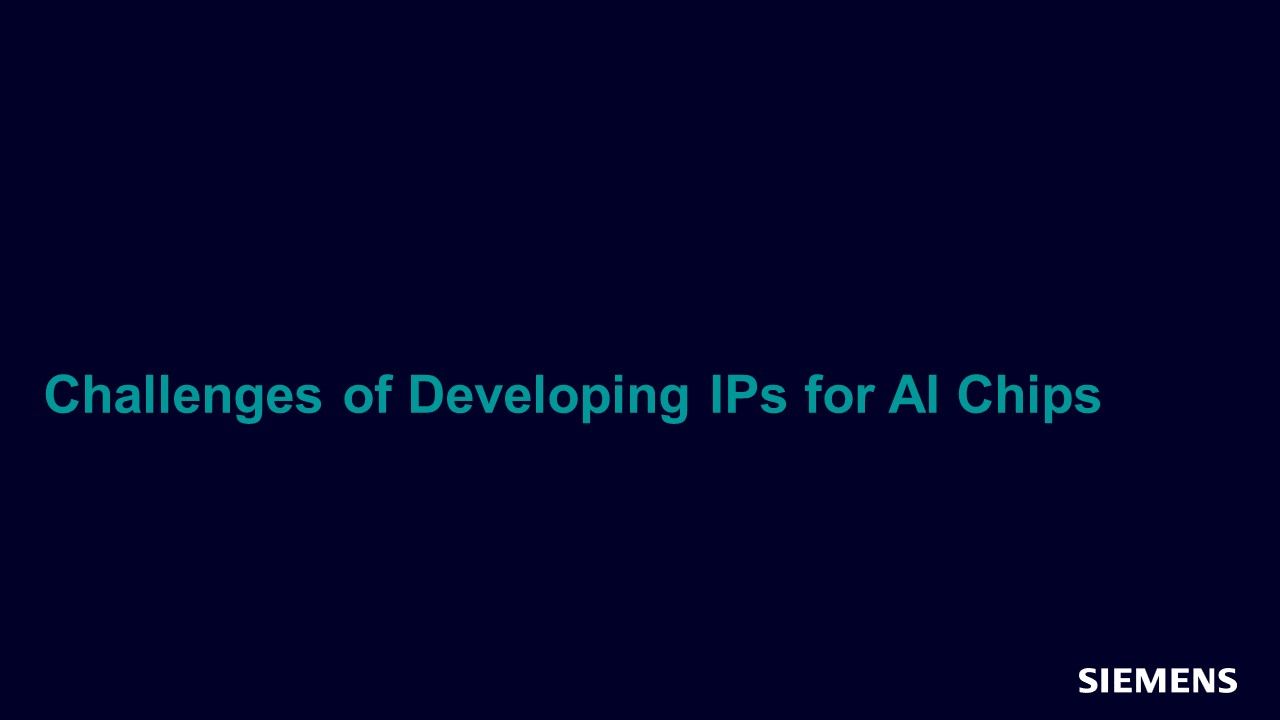
Challenges of Developing IPs for AI Chips
Conference - Jun 24, 2024 by Tom Fitzpatrick
Tom Fitzpatrick interviews Rambus VP of Engineering Susheel Tadikonda about the high-level D&V challenges of developing IPs for the new breed of AI accelerator chips; including the need to support a high-degree of IP configurability, 3DIC-specific protocol requirements that call for new levels of security for data in-motion and at rest.
-
VA Live - Huntsville: Introduction and Welcome
Resource (Slides (.PDF)) - Jun 06, 2024 by Todd Holbrook
Welcome to Verification Academy Live.
-
VA Live - San Diego: Introduction and Welcome
Resource (Slides (.PDF)) - Jun 06, 2024 by Todd Holbrook
Welcome to Verification Academy Live.
-
VA Live - El Segundo: Introduction and Welcome
Resource (Slides (.PDF)) - Jun 06, 2024 by Todd Holbrook
Welcome to Verification Academy Live.
-
VA Live - Westford: Introduction and Welcome
Resource (Slides (.PDF)) - Jun 06, 2024 by Todd Holbrook
Welcome to Verification Academy Live.
-
Learn about the Security-critical CMA/SPDM, DOE, IDE, and TDISP elements of the PCIe protocol at the 2024 PCI SIG DevCon
Resource (Verification Horizons Blog) - Jun 04, 2024 by Joe Hupcey
The Peripheral Component Interconnect Express (PCIe®) protocol is incredibly feature rich; so much so that even experienced engineers can struggle to keep up with the latest enhancements and capabilities. Hence, the “PCI SIG” standards organization holds an annual conference for D&V engineers to learn directly from the industry’s PCIe experts via technical training sessions; sharing best practices to ultimately improve product roll-out and interoperability.
-
The New Leader in Verification IP: Questa + Avery Solutions
Resource (Slides (.PDF)) - Jun 04, 2024 by Rick Schmidt - Siemens EDA
Now that our acquisition of Avery Design Systems is complete, Siemens EDA is the new leader for Verification IP in the industry. This session will describe the protocol and memory verification solutions you need for your next silicon verification project whether in Datacenter, Storage, 3DIC, Networking, Automotive, or Aerospace and Defense applications.
-
Mark your calendar for the 2024 DAC-Chips to Systems Conference
Resource (Verification Horizons Blog) - May 28, 2024 by Harry Foster
Get ready and mark your calendars for DAC 61 – the Chips to Systems Conference you won’t want to miss! As the ultimate event for all things chips to systems, DAC offers top-notch training, education, exhibits, and unbeatable networking opportunities for designers, researchers, tool developers, and vendors alike. This year, we’re thrilled to announce that Siemens is DAC’s first-ever Diamond Sponsor, shining bright at booth #2521.
-

Questa RDC Assist: Accelerate Reset Closure with AI/ML
Webinar - May 22, 2024 by Farhad Ahmed
In this session, you will learn how RDC Assist helps users expedite their RDC Analysis and will discuss use models and best practices to utilize RDC Assist, and walk through a demo showing its power.
-
Questa RDC Assist – Improving Designer Productivity and Enabling Faster RDC Verification Closure with Machine Learning
Resource (Slides (.PDF)) - May 22, 2024 by Farhad Ahmed
In this session, you will learn how RDC Assist helps users expedite their RDC Analysis and will discuss use models and best practices to utilize RDC Assist, and walk through a demo showing its power.
-
Improve Productivity and Deliver Hardware Assurance: Stimulus-free Verification
Resource (Slides (.PDF)) - May 21, 2024 by Chris Giles
Learn how Siemens' and OneSpin have combined to deliver a best-in-class Static & Formal solution with a focus on addressing unsolved industry challenges. These solutions enable teams to achieve peak performance and deliver absolute hardware assurance.
-
Functional Monitoring: From Lab to In-Life
Resource (Slides (.PDF)) - May 21, 2024 by Fady Abushahla - Siemens EDA
In this session, you will learn how Tessent Embedded Analytics helps deal with the systemic complexity of large SoCs, providing intimate visibility of the real-world behavior of entire systems.
-
Navigating Reset Domain Crossings to Safety in Complex SoCs
Resource (Verification Horizons Blog) - May 21, 2024 by Reetika - Siemens EDA
As the complexity of system-on-chip (SoC) designs escalates, driven by the demand for more integrated functionalities and higher performance, electronic components such as processors, power management blocks, and DSP cores are proliferating. This surge necessitates a shift towards intricate power and performance management strategies, often incorporating several asynchronous and soft resets.
-
Beyond Speed: Unlocking Productivity in Simulation and Debug
Resource (Slides (.PDF)) - May 21, 2024 by Moses Satyasekaran
Gone are the days when functional verification tools were solely measured by their performance metrics. The spotlight has shifted towards productivity in today's fast-paced development environment. In this session we explore how Siemens EDA prioritizes productivity and performance, enabling customers to optimize their verification cycles and swiftly uncover bugs. Discover the transformative impact of this paradigm shift on accelerating design validation and achieving faster time-to-market.
-
Questa Verification IQ: Boost Verification Predictability and Efficiency with Collaboration, Traceability, and AI/ML Analytics
Resource (Slides (.PDF)) - May 21, 2024 by Austin Mam
This session will cover Questa Verification IQ (VIQ), the next-generation, data-driven verification solution from Siemens EDA that transforms the verification process using collaboration, traceability, and analytics. VIQ enables greater collaboration among teams and utilizes machine learning and AI to boost verification productivity and efficiency.
-
The New Leader in Verification IP: Questa + Avery Solutions
Resource (Slides (.PDF)) - May 21, 2024 by Kamlesh Mulchandani
Now that our acquisition of Avery Design Systems is complete, Siemens EDA is the new leader for Verification IP in the industry. This session will describe the protocol and memory verification solutions you need for your next silicon verification project whether in Datacenter, Storage, 3DIC, Networking, Automotive, or Aerospace and Defense applications.
-
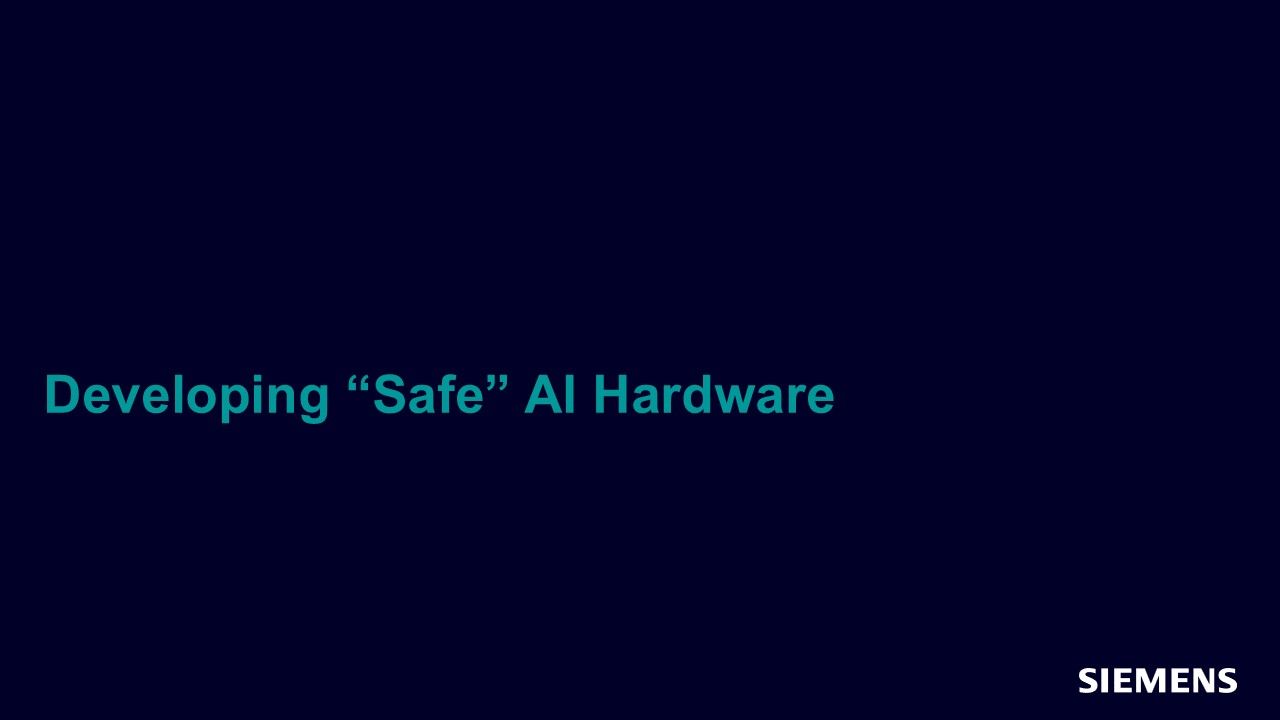
Developing “Safe” AI Hardware
Conference - May 07, 2024 by Shaumik Ganguly - Continental
In this session you will learn the challenges that AI/ML technologies pose for the safety of autonomous driving vehicles, and how can standards help to get AI/ML technology safely into the car.
-

Coverage Closure Acceleration Using Collaborative Verification IQ Tool
Conference - May 07, 2024 by Suma Ramanand - Nokia
In this session you will learn that ever-increasing design complexity and shortening design-to-market has demanded faster and more accurate functional verification.
-
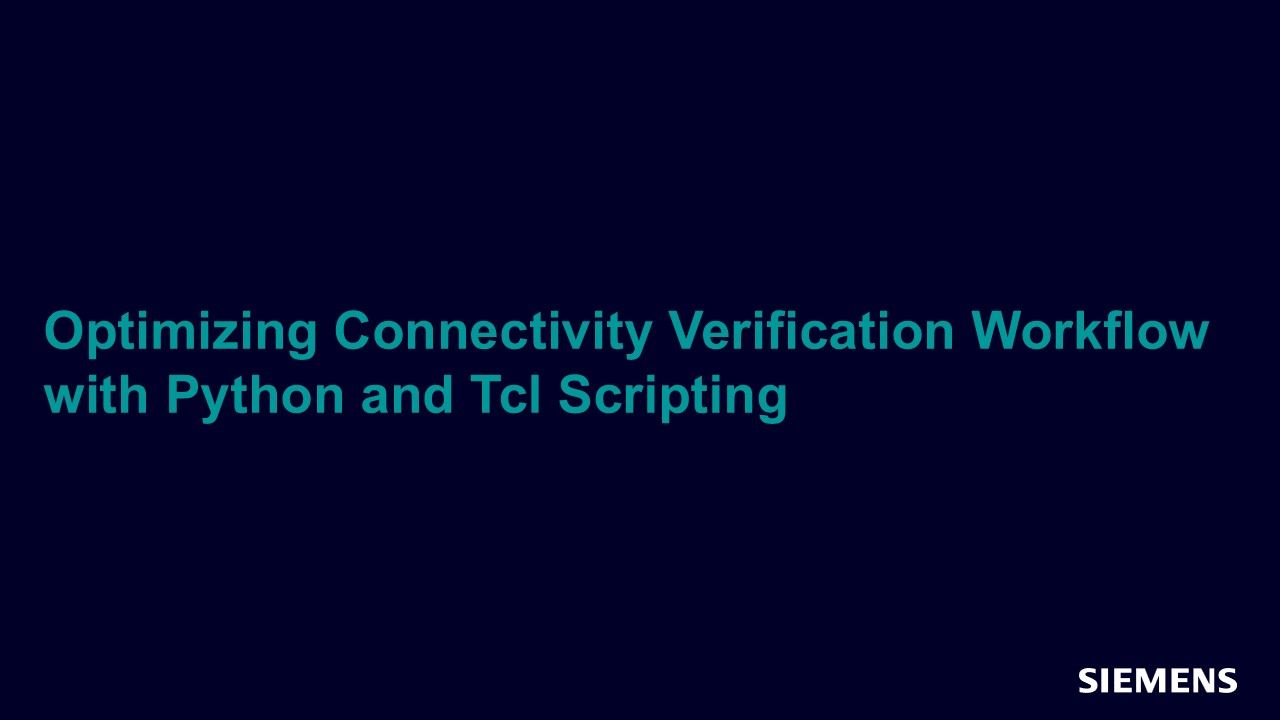
Optimizing Connectivity Verification Workflow with Python and Tcl Scripting
Conference - May 07, 2024 by Ariel Ansbacher - Veriest
In this session you will learn that Veriest’s client SiPearl was using a Defacto SoC-Compiler for generating connections between signals in their design. They were tasked to conduct connectivity checks on it, where the only available information about the signals connections was the Tcl file used to feed the SoC-Compiler. Veriest will walk through the steps taken to solve the challenge.
-
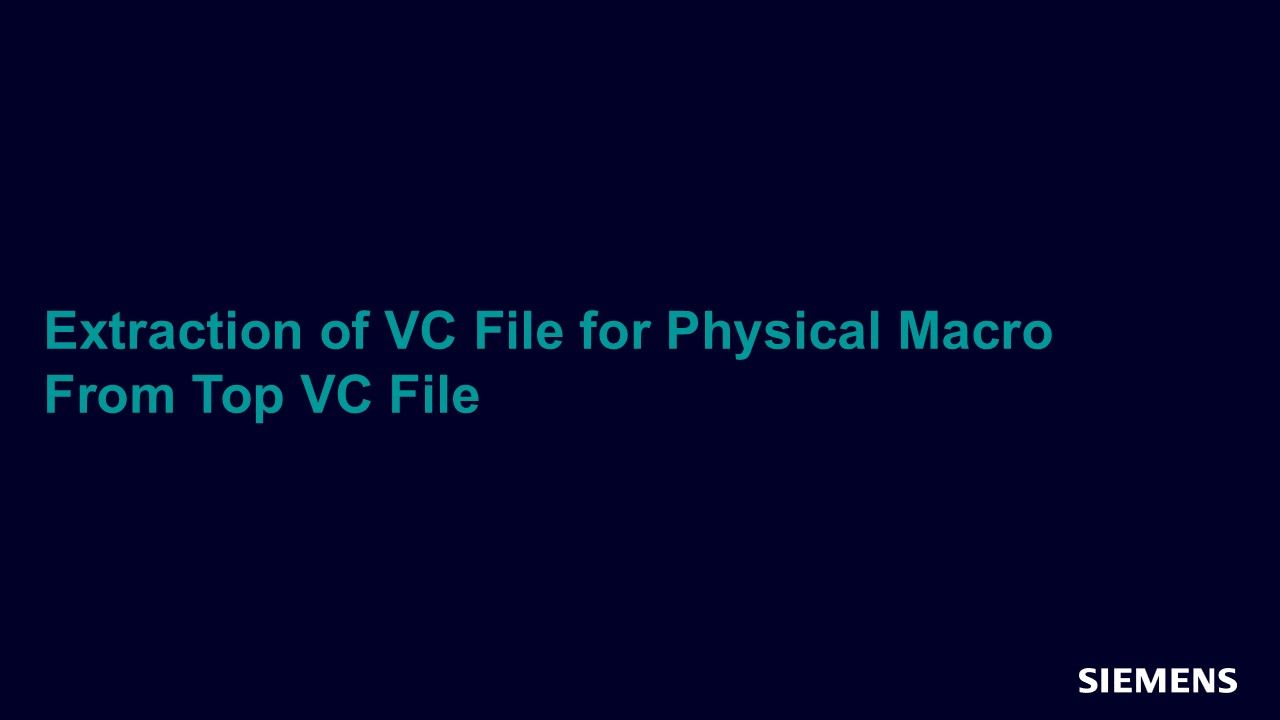
Extraction of VC File for Physical Macro From Top VC File
Conference - May 07, 2024 by Nirav Patel - Arm
A normal SoC has many physical partitions compiled in different libraries involving multiple IPs with a very large file list referred to internally (at Arm) as the VC file list. In this session you will learn how the automation from Siemens around Questa Visualizer is used to create the VC list for all physical partitions.
-
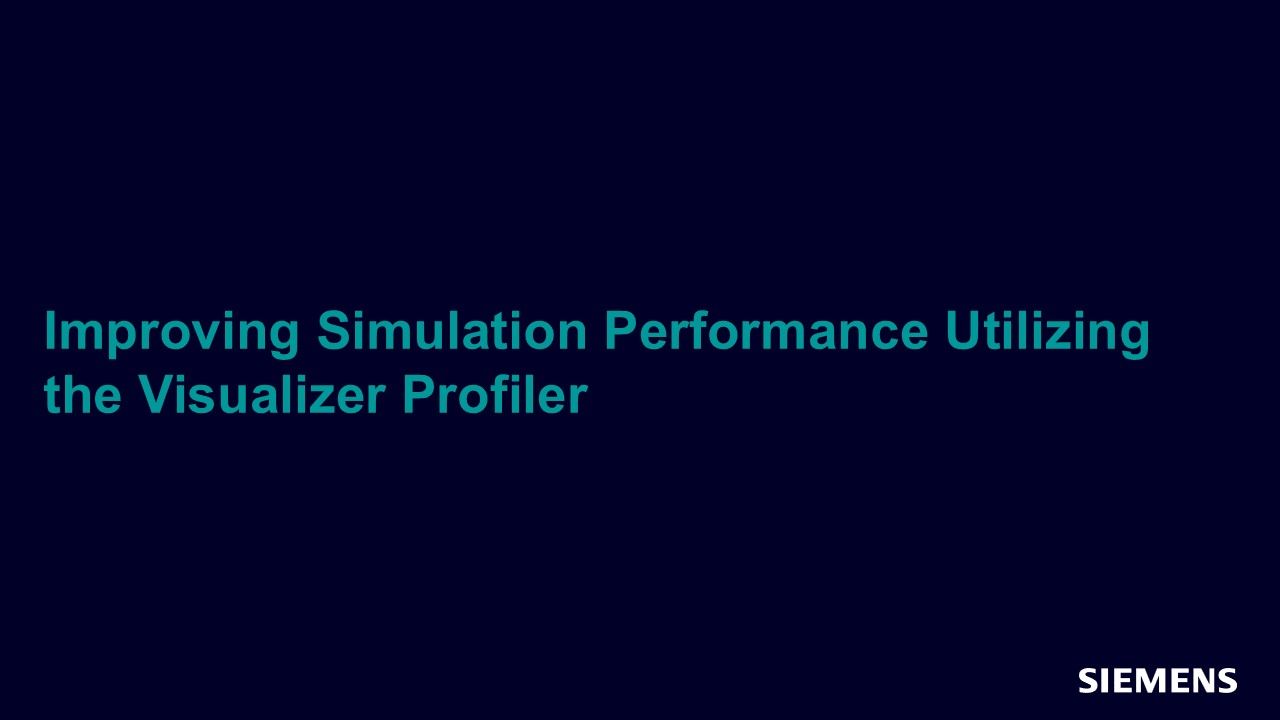
Improving Simulation Performance Utilizing the Visualizer Profiler
Conference - May 07, 2024 by George Lloyd - Arm
In this session you will learn how Visualizer Profiler was used to identify areas for improvement within Arm VIP components and how these issues were addressed, reducing simulation time that were achieved due to these optimizations.
-
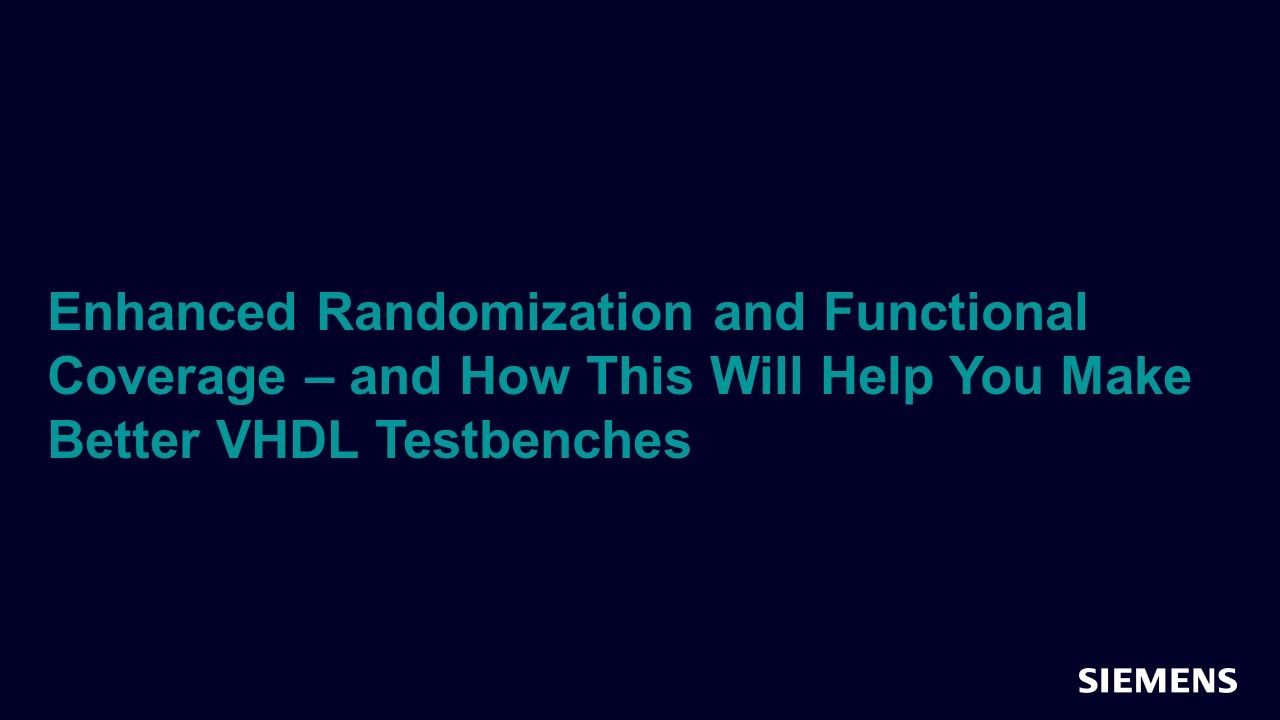
Enhanced Randomization and Functional Coverage – Make Better VHDL Testbenches
Conference - May 07, 2024 by Espen Tallaksen - EmLogic
In this session you will learn that UVVM’s advanced and optimized randomization and functional coverage was developed in cooperation with ESA (European Space Agency).
-
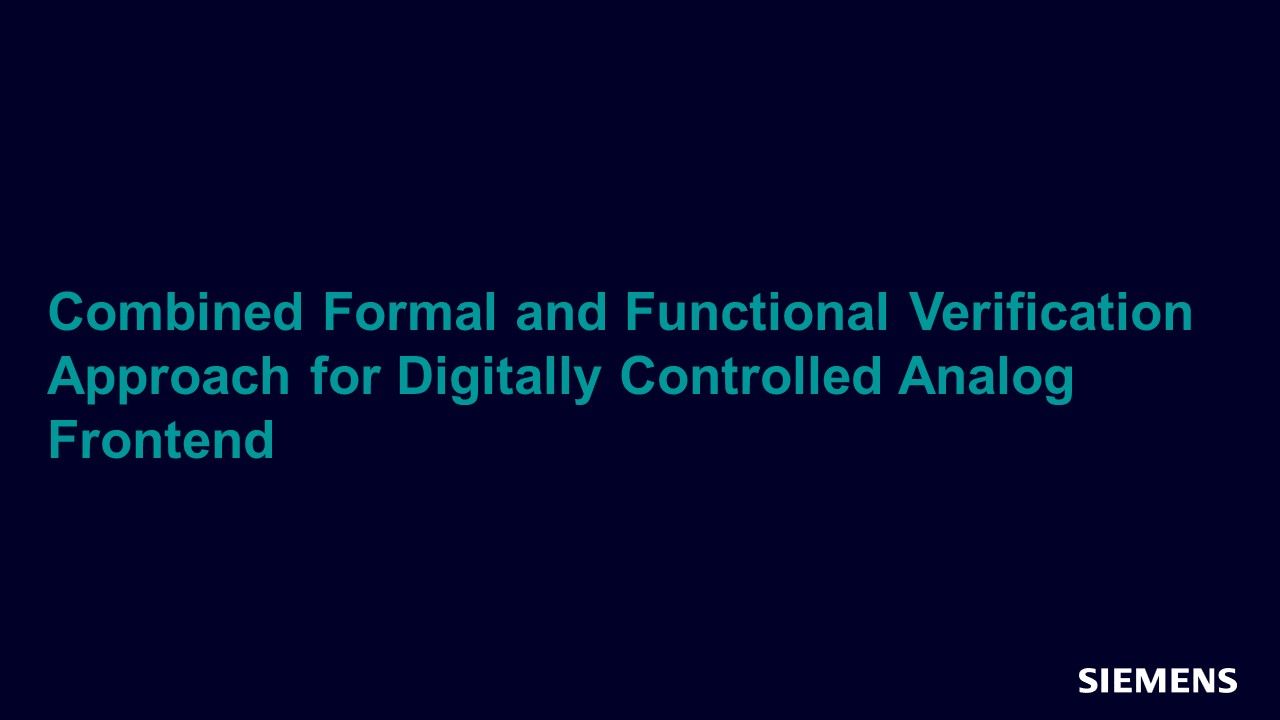
Combined Formal and Functional Verification Approach for Digitally Controlled Analog Frontend
Conference - May 07, 2024 by Mihajlo Katona - Veriest
In this session we are presenting a fusion of formal and dynamic verification methods we applied in a mixed signal IC project. The challenge for DV verification team was to select the most suitable verification method.